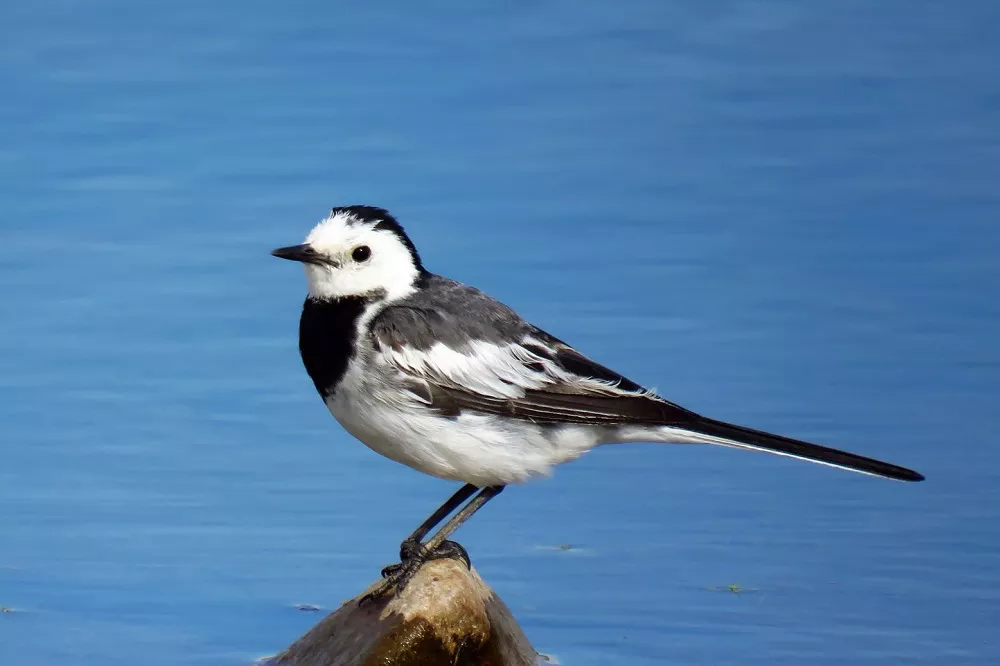White Wagtails (Motacilla alba) are small passerine birds that are found across Europe, Asia, and Africa. They are known for their distinctive black and white plumage and their habit of wagging their tails up and down. These birds are omnivorous and have a diverse diet that includes both animal and plant matter.
- Animal Matter:
White Wagtails feed on a variety of small insects, including beetles, flies, ants, and grasshoppers. They often forage for insects on the ground, but will also catch insects in mid-air. White Wagtails are known to follow larger grazing animals, such as cows and horses, in order to feed on the insects that are disturbed by their movement. They may also feed on small invertebrates found in freshwater habitats, such as snails, small crustaceans, and tadpoles.
- Plant Matter:
White Wagtails also eat plant matter, including seeds and berries. They are often seen foraging for seeds on the ground, particularly in agricultural areas and on lawns. In urban environments, they may feed on ornamental berries and fruits from gardens and parks. White Wagtails have also been observed eating the nectar of flowers, particularly in the spring when other food sources are scarce.
- Feeding Behavior:
White Wagtails are opportunistic feeders and will adjust their diet based on the availability of food in their environment. They forage primarily on the ground, using their sharp eyesight to spot potential food sources. They may also make short flights to catch insects in mid-air. White Wagtails are known for their bold behavior and are often seen approaching people to feed on crumbs or other food scraps.
In conclusion, White Wagtails are omnivorous birds that have a diverse diet consisting of both animal and plant matter. They primarily feed on small insects, but will also eat seeds, berries, and nectar. Their opportunistic feeding behavior allows them to adapt to different environments and food sources, making them a common sight in both urban and rural areas.


 Facebook
Facebook  Instagram
Instagram  Youtube
Youtube 